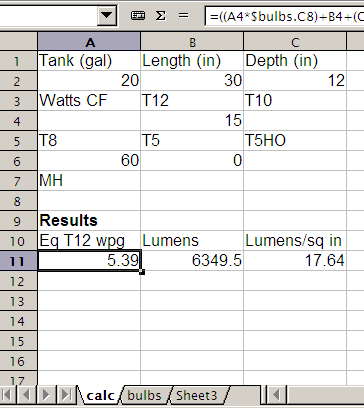Wizzard~Of~Ozz
Aquarium Advice Addict
Best I can find for T5 is an output of 105L / W initial. High Output drops to 95L / W.. While the number looks good, a 4' bulb is 28w making it's lumens output / bulb = T8.. so 1 T5 bulb = 1 T8 bulb. They seem to want to boast about high lumen output, yet I can find no evidence of this anywhere (trying to sell their product).. I would only recommend T5 over T8 if you are short on realestate over your tank, even then I would recommend using ODNO T8 over T5. IMO T5 offers nothing but a minor savings on your power bill (4w/light * 3 bulbs lets say = 12w over 1000 hours = 1$ and the costs of the bulbs are much higher then the savings.)
ODNO T8 fixtures are the best bang for the $$, and as I see it, it will be for quite some time.
I will add what I can to mention ODNO lighting, but there are more then enough howto's on the net (search for ODNO)
ODNO T8 fixtures are the best bang for the $$, and as I see it, it will be for quite some time.
I will add what I can to mention ODNO lighting, but there are more then enough howto's on the net (search for ODNO)

